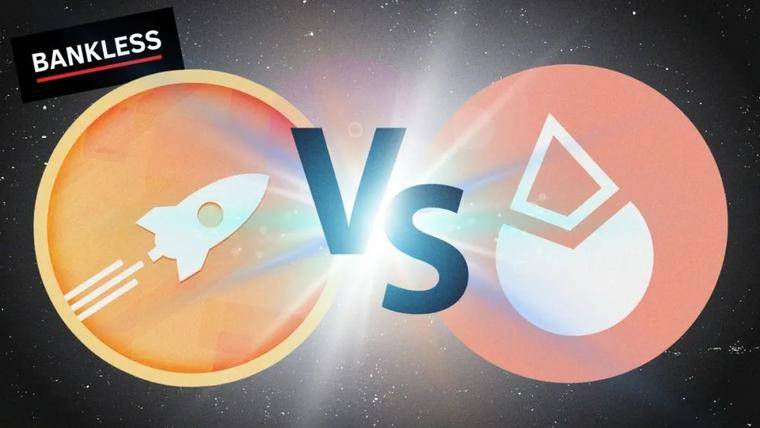
Today, with the rapid development of blockchain technology, the staking mechanism of Ethereum 2.0 has attracted more and more user attention. In order to help ordinary users participate in this process, Rocket Pool (RPL) came into being and became an important participant in ETH 2.0 staking. This article will delve into the functions and advantages of RPL tokens and how to simplify the user’s staking experience.
What is RPL?
RPL is the token name of Rocket Pool, which aims to provide basic support for ETH 2.0's staking service. Through RPL, users can more easily participate in staking ETH 2.0 without having to run their own nodes or meet the 32 ETH staking threshold. Users only need to deposit ETH to earn staking benefits and gain liquidity at the same time.
Background of ETH 2.0 staking: In order to launch the ETH 2.0 network, 524,288 ETH (equivalent to 16,384 validators) need to be pledged. As of now, the amount of pledged ETH has not yet reached the launch requirements. Only about 60,928 ETH have been pledged, and the completion rate is only 11.6%. Nonetheless, as technical thresholds, financial thresholds and liquidity barriers are gradually resolved, the amount of pledged ETH is expected to achieve explosive growth.
Advantages of RPL
1. Lower the threshold for participation: Traditional ETH staking requires users to have at least 32 ETH, which is about $15,000 at the current market price. However, through RPL, users can deposit as little as 0.01 ETH (approximately $5), which greatly lowers the threshold for participation. This allows more ordinary users to participate in staking ETH 2.0.
2. Provide liquidity: After users deposit ETH in the RPL network, they will receive the corresponding rETH, which represents the user's pledge rights in the RPL network. Unlike traditional staking, rETH is liquid and users can freely choose to hold, trade or participate in other DeFi activities. This liquidity addresses users’ concerns about locked-up funds.
3. Incentive mechanism for node operators: In the RPL network, node operators are responsible for operating the pledge service. They obtain commission income by providing services to users, and need to pledge half of the ETH to ensure their own interests. This design not only protects the interests of users, but also encourages node operators to provide high-quality services.
The structure of the RPL network
The RPL network consists of three main parts:
Minipool validator: Node operators need to pledge half of the ETH to ensure sufficient power to operate the pledge service. If a node does not respond, the RPL smart contract will stop sending the user's deposited ETH to the node, thereby protecting the user's fund security.
Smart node: RPL's smart node software monitors network activities, allows node operators to execute various commands, and monitors the ETH storage of its nodes. Smart nodes will also automatically check the RPL smart contract to ensure that the server is online.
ETH holders: ETH holders deposit ETH into smart contracts to obtain corresponding rETH and distribute it to node operators. Node operators create a validator by staking 16 ETH, and the remaining 16 ETH come from the distribution of the RPL network.
Future Outlook: With the gradual advancement of ETH 2.0, the value and application scenarios of RPL tokens will continue to expand. It is expected that more projects and platforms will accept RPL in the future, further promoting the popularity of ETH staking. At the same time, as the market demand for liquidity and low-threshold staking services increases, RPL will become the first choice for more users to participate in ETH 2.0 staking.
in conclusion
As the core of Rocket Pool, RPL token is providing innovative solutions for ETH 2.0 staking services. By lowering the threshold for participation, providing liquidity, and incentivizing node operators, RPL not only allows ordinary users to easily participate in staking, but also lays a solid foundation for the future development of ETH 2.0. As the market continues to mature, RPL will become an indispensable part of the blockchain ecosystem, helping more users achieve wealth growth and value investment.
By understanding the advantages and structure of RPL, we expect that in the near future, RPL can play a greater role in the staking of ETH 2.0 and become an important bridge for users to participate in the blockchain world.